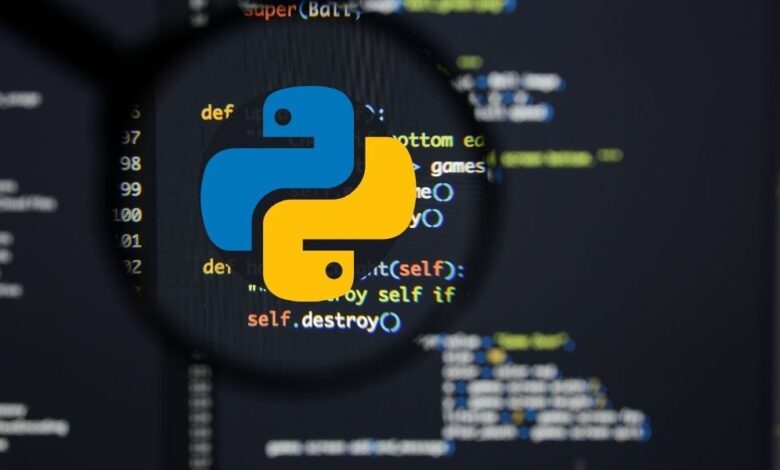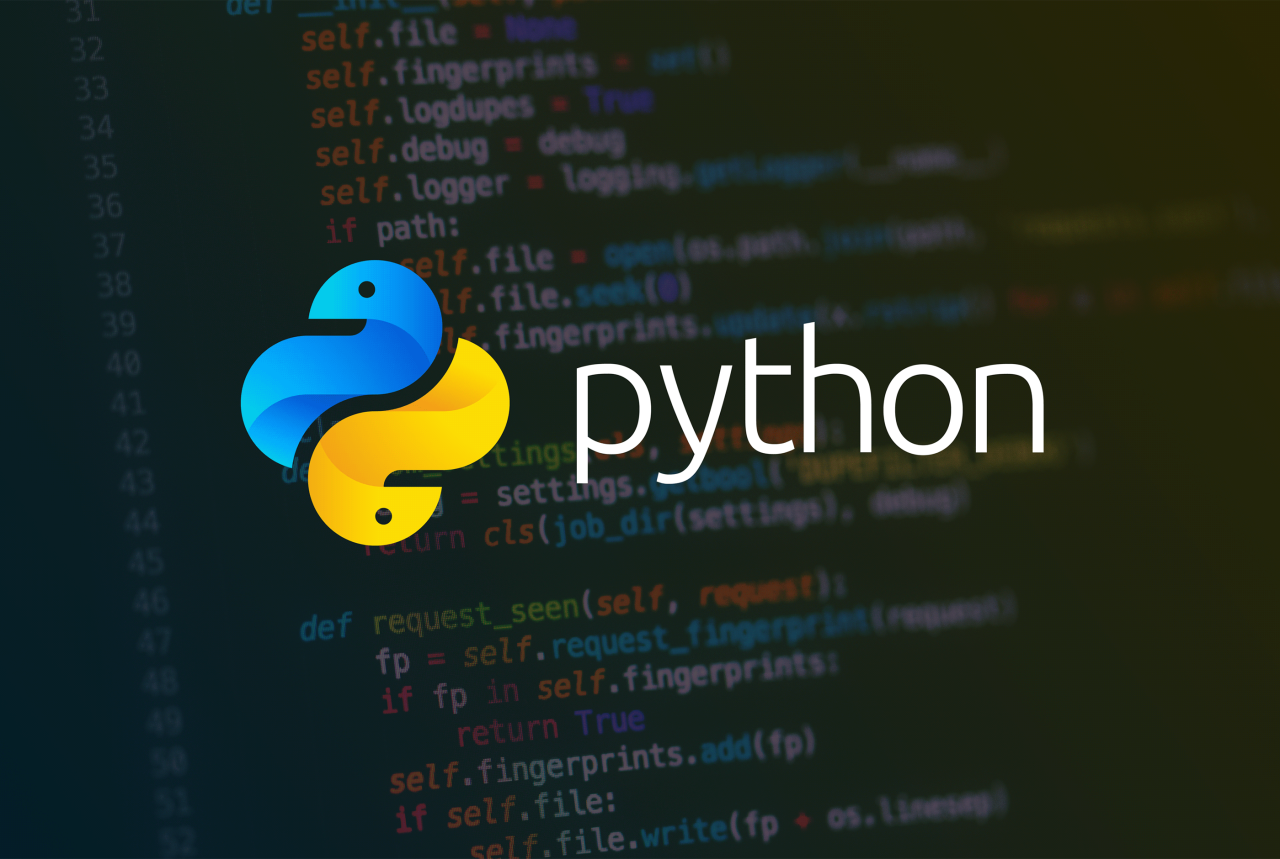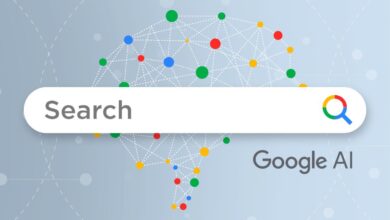Is Python’s Dominance in Software Development Fading?

For over a decade, Python has reigned supreme in the world of programming. Touted for its simplicity, readability, and vast ecosystem, it became the undisputed champion for beginners, data scientists, and backend developers alike. Headlines consistently crowned it the most popular language, and its community grew at an unprecedented rate. However, a compelling narrative is emerging from the trenches of modern software development: the era of Python’s unchallenged dominance may be drawing to a close. This is not to say Python is becoming obsolete far from it. Instead, we are witnessing a significant market correction where developers and corporations are increasingly choosing more specialized, performant languages for the next generation of computing challenges. This article delves into the multifaceted reasons behind this shift, exploring the contenders vying for the throne and predicting the future of a more diverse and optimized programming landscape.
A. The Pillars of Python’s Meteoric Rise
To understand its potential decline, one must first appreciate why Python became so dominant.
A.1. Unmatched Beginner-Friendliness and Readability
Python’s syntax is famously clean and intuitive, often reading like pseudo-code. This low barrier to entry made it the default choice for computer science curricula, coding bootcamps, and anyone new to programming. Its simplicity allowed learners to focus on core programming concepts like algorithms and data structures rather than getting bogged down by complex syntactic rules, unlike languages such as C++ or Java.
A.2. The Data Science and AI Revolution
Python became the lingua franca of data science, machine learning, and artificial intelligence. Libraries like NumPy, Pandas, Scikit-learn, Matplotlib, and, most importantly, TensorFlow and PyTorch, created an incredibly powerful and cohesive ecosystem. This concentration of tooling created a powerful network effect: researchers built tools in Python because everyone used it, and everyone used it because the best tools were there.
A.3. The Swiss Army Knife of Scripting and Automation
Python’s “batteries-included” philosophy, with a massive standard library, made it perfect for writing quick scripts, automating mundane tasks, web scraping, and building backend APIs (via frameworks like Django and Flask). Its versatility meant a developer could use one language for a wide array of tasks, from gluing systems together to building massive web applications.
A.4. A Robust and Supportive Community
The sheer size of the Python community meant that finding a solution to almost any problem was just a Google search or Stack Overflow query away. This immense support network, coupled with extensive documentation for most libraries, significantly reduced development time and risk.
B. The Cracks in the Foundation: Why the Shift is Happening
Despite its strengths, Python’s inherent limitations are becoming more pronounced as technology evolves towards more complex, performance-intensive applications.
B.1. The Performance Bottleneck: Speed Matters
This is Python’s most significant Achilles’ heel. As an interpreted language with a Global Interpreter Lock (GIL), Python is notoriously slow in terms of raw execution speed compared to compiled languages like Go, Rust, or C++. For many years, this was acceptable for tasks that were I/O-bound (e.g., waiting on a database) or where development speed was paramount. However, as applications scale and computing costs become a critical factor, CPU-bound tasks in Python become expensive liabilities. Companies operating at scale are realizing that the hardware costs and energy consumption of running inefficient Python code can run into millions of dollars.
B.2. The Native Mobile Development Desert
We live in a mobile-first world. Python has virtually no presence in native iOS or Android application development. While frameworks like Kivy or Beeexist, they are niche and cannot compete with the native performance, tooling, and developer experience provided by Swift/SwiftUI for iOS and Kotlin/Jetpack Compose for Android. This alone sidelines Python from one of the largest and most lucrative sectors of software development.
B.3. The Concurrency and Parallelism Challenge
The Global Interpreter Lock (GIL) is a mutex that allows only one thread to execute in the interpreter at a time. This simplifies memory management but severely hampers true multi-threading and parallelism within a single process. While Python offers workarounds with multiprocessing (spawning multiple interpreter processes) and async/io for I/O-bound concurrency, these are complex solutions to a problem that modern languages like Go (with goroutines) and Rust (with fearless concurrency) solve elegantly and safely at the language level.
B.4. The Packaging and Dependency Management Quagmire
For all its virtues, Python’s packaging history is fragmented and often frustrating. The coexistence of pip, venv, virtualenv, conda, pyenv, and poetry can bewilder even experienced developers. Managing dependencies and environments, especially across different operating systems, remains a common source of “it works on my machine” bugs. This contrasts sharply with the integrated, streamlined toolchains of newer languages.
B.5. The Rise of the Browser: WebAssembly (WASM) Limitations
WebAssembly is becoming a critical platform for running high-performance code in browsers. While projects like Pyodide are making strides, Python is not a first-class citizen in the WASM world. Languages like Rust, C++, and even Go have much stronger and more performant compilation targets for WASM, pushing them ahead for client-side web applications that demand near-native speed.
C. The Heirs Apparent: Languages Filling Python’s Roles
Python’s retreat is not happening in a vacuum. It’s being displaced by languages that are better optimized for specific domains.
C.1. For High-Performance Backends and Systems: Go and Rust
-
Go (Golang): Developed by Google, Go is the antithesis of Python’s “one way to do it” philosophy. It offers simplicity, a powerful standard library, and built-in, effortless concurrency. It compiles to a single, fast binary and is excellent for building scalable network services, API servers, and command-line tools. Companies like Uber, Twitch, and Dropbox have migrated performance-critical services from Python to Go with massive gains in efficiency and performance.
-
Rust: If Go values simplicity, Rust values performance and memory safety without a garbage collector. It’s steeper to learn but offers zero-cost abstractions and guarantees memory safety at compile time, eliminating entire classes of bugs. Rust is becoming the go-to for performance-critical components, browser engines, game development, and even embedding in Python projects (via PyO3) to speed up bottlenecks. It’s the language for when failure is not an option.
C.2. For Data Science and Numerical Computing: Julia
Julia was designed from the ground up to solve the “two-language problem” in scientific computing, where prototypes are written in a slow, high-level language (like Python) and then rewritten in a fast, low-level language (like C++) for production. Julia offers Python-like syntax and dynamism with C-like speed. Its just-in-time (JIT) compiler makes it exceptionally fast for mathematical operations, and it is gaining significant traction in academia, finance, and data-intensive industries.
C.3. For Front-End and Full-Stack Dominance: JavaScript/TypeScript
JavaScript, through Node.js, has long competed with Python on the server. However, the rise of TypeScript a statically typed superset of JavaScript has cemented its place as the language of the web. For any company building a web application, using TypeScript on both the front-end and back-end provides a unified language, tooling, and developer experience that a Python backend + JavaScript front-end stack cannot match.
C.4. For the Java Stronghold: Kotlin and Modern Java
The JVM world is not standing still. Kotlin, a modern language interoperable with Java, offers null safety, extension functions, and coroutines for concurrency. It’s now the preferred language for Android development and is making inroads on the server-side with frameworks like Ktor. Meanwhile, modern Java itself, with its rapid release cycle and new features (records, pattern matching, virtual threads in Project Loom), remains a powerhouse for large-scale, enterprise-grade backend systems.
D. The Verdict: Coexistence, Not Extinction
The narrative is not that Python is dying; it is evolving into a more specialized role. Its future is one of coexistence rather than dominance.
D.1. Where Python Will Continue to Thrive
-
Education and Prototyping: Its readability ensures it will remain the premier teaching language and a fantastic tool for rapid prototyping and proof-of-concept work.
-
Data Science and ML Research: The inertia of TensorFlow and PyTorch is immense. Python will remain the primary interface for ML research and experimentation for the foreseeable future, even if the underlying libraries are written in C++ and CUDA.
-
Scripting and DevOps: Tools like Ansible are built on Python. It will continue to be a dominant force in automation, scripting, and glue code.
-
Niche Domains: It has strong footholds in fields like graphic design (e.g., Blender), astronomy, and bioinformatics.
D.2. The Hybrid Future: The Right Tool for the Job
The key trend is the “right tool for the job” mentality. Developers will increasingly use a polyglot approach:
-
Prototype in Python, Productionize in Go/Rust: A team might use Python’s PyData stack for exploratory data analysis and model development. Once the model is finalized, the inference engine or serving API could be rewritten in Go or Rust for massive performance and scalability gains.
-
Extend Python with Native Code: Using tools like PyO3 (for Rust) or Cython, developers can identify performance-critical sections of a Python application and rewrite them in a faster language, getting the best of both worlds: developer productivity and execution speed.
Conclusion: The End of an Era, The Start of a New Equilibrium
The reign of Python as the one-size-fits-all solution is indeed ending. The technological landscape has grown more complex, demanding languages that offer superior performance, stronger type safety, and modern concurrency models for building the next wave of distributed, efficient, and large-scale applications. Languages like Go, Rust, Julia, and TypeScript are rising to meet these specific demands, chipping away at Python’s monopoly.
However, to declare Python obsolete would be a profound misreading of the situation. Python’s legacy is secure. It democratized programming, powered an AI revolution, and taught millions to code. Its future lies not in universal dominance but in sustained, vital relevance within its core domains of strength. The story is no longer about a single king but about a council of expert languages, each ruling their respective domain, working together to build the future of technology. The golden age of Python is maturing into a more nuanced and efficient silver age of polyglot programming.






